The Building Code of Australia is beginning to show that standards of best practice in sustainability across the country are below par.

Comprising 23 per cent of Australia’s total greenhouse gas emissions, the building sector here, and across the globe, holds a large amount of responsibility for the climate’s current state. In Australia, the Building Code of Australia (BCA) is the legally binding document that mandates architects and builders to a certain standard. However, by representing “the minimum acceptable building standards as determined by wide consultation with governments, industry and the community” the BCA ends up legislating bad practice when it comes to environmental protection. Using materials that are both harmful to the environment – and people – or relying on non-renewable energy to power our buildings are both things that the BCA fails to provide meaningful legislation on.
Within our own homes, the prospect of turning off the AC and opening up some windows may sometimes be frightening, and it certainly feels necessary on occasion after one of the hottest years on record for Australia – and the third hottest in a row globally. Perhaps more alarming is that heating and cooling makes up approximately 40 per cent of a household’s energy usage in Australia. Meanwhile, Section J of the BCA, the part responsible for setting minimum energy efficiency standards, sets out the vague aim to “reduce greenhouse gas emissions by efficiently using energy”. Coincidence? Probably not. Room for interpretation allows those in charge of designing and constructing our homes and workplaces to skip the difficult stuff like the optional Passivhaus standard established in Germany, designed so that occupants might not need air conditioning at all.
Unable to rely on the BCA, higher standards for architects and the construction industry are being set by other organisations. The Living Building Challenge, set up by the Living Future Institute, is the highest of those standards. Established in 2006, only 12 buildings have passed the Living Building Challenge to date with full “Certified Living” status. Certification occurs over a 12-month period after the building’s completion, relying on real-world results and not just predicted outcomes. On the bright side, as of October 2016, nearly 350 projects around the world have registered for the challenge, and an additional 36 buildings have received partial certification.
However, these challenges need not be left solely to exterior standards such as Passivhaus and the Living Building Challenge. Companies responsible for making the things we put inside our buildings are also taking it upon themselves to up the ante on environmental goals. Interface, the world’s largest designer and maker of modular carpet tile, committed in 1994 to become “the world’s first environmentally sustainable – and ultimately, restorative – company”. As part of their Cool Carpet program they currently offset all greenhouse gas emissions associated with the raw materials, manufacture, maintenance and end of life management of their products, and through their larger Climate Take Back scheme, they are also on track to reduce their total greenhouse gas emissions to zero by 2020.
While it’s encouraging to see groups all over the world taking climate change seriously, the BCA has some catching up to do if we want to show that Australia is serious about tackling the issue head on.
INDESIGN is on instagram
Follow @indesignlive
A searchable and comprehensive guide for specifying leading products and their suppliers
Keep up to date with the latest and greatest from our industry BFF's!
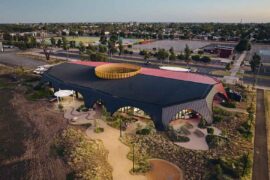
At the Munarra Centre for Regional Excellence on Yorta Yorta Country in Victoria, ARM Architecture and Milliken use PrintWorks™ technology to translate First Nations narratives into a layered, community-led floorscape.

Merging two hotel identities in one landmark development, Hotel Indigo and Holiday Inn Little Collins capture the spirit of Melbourne through Buchan’s narrative-driven design – elevated by GROHE’s signature craftsmanship.
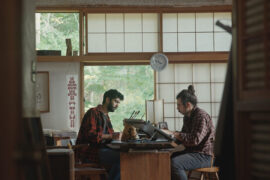
AHEC has produced a documentary exploring forestry and stewardship through long-term forest management and human responsibility.

MillerKnoll releases the 2025 Better World Report showcasing how design can drive meaningful change through measurable progress across social, environmental and governance initiatives
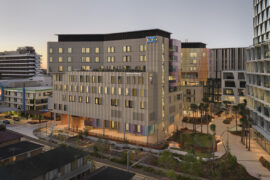
BLP’s new Sydney Children’s Hospital, Randwick building brings together paediatric care, family-centred design and Australia’s first Children’s Comprehensive Cancer Centre in a major addition to the Randwick Health & Innovation Precinct.
The internet never sleeps! Here's the stuff you might have missed
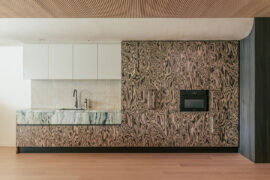
Trust sits at the core of Everton Buildings’ new office, where Ambit Curator was given licence to move beyond convention and deliver a workplace defined by vision, materiality and assured detail.
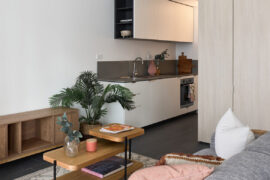
Boronia Apartments in Waterloo, designed by TURNER for City West Housing, delivers 74 affordable rental homes that combine sustainable design with long-term community-focused living.